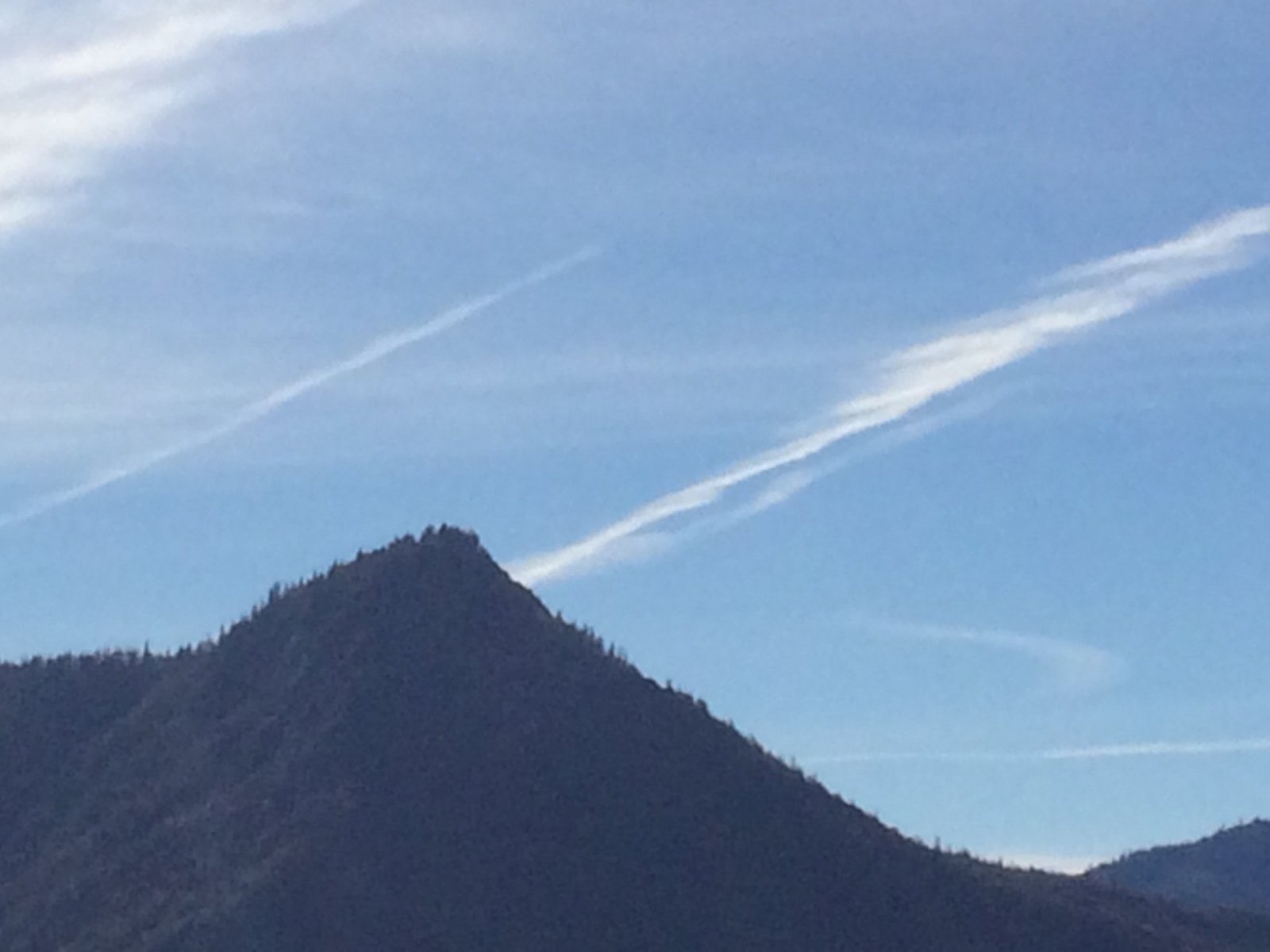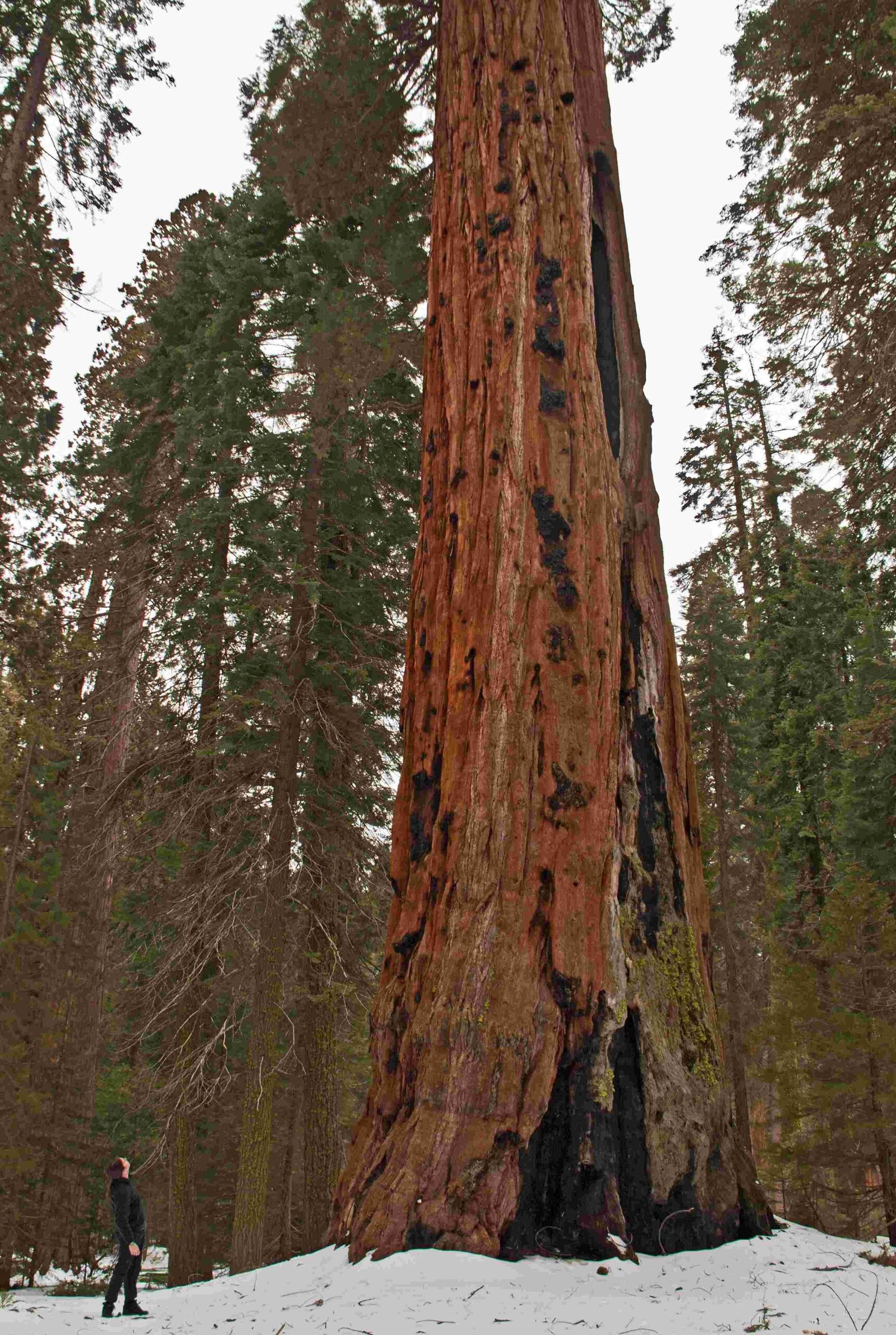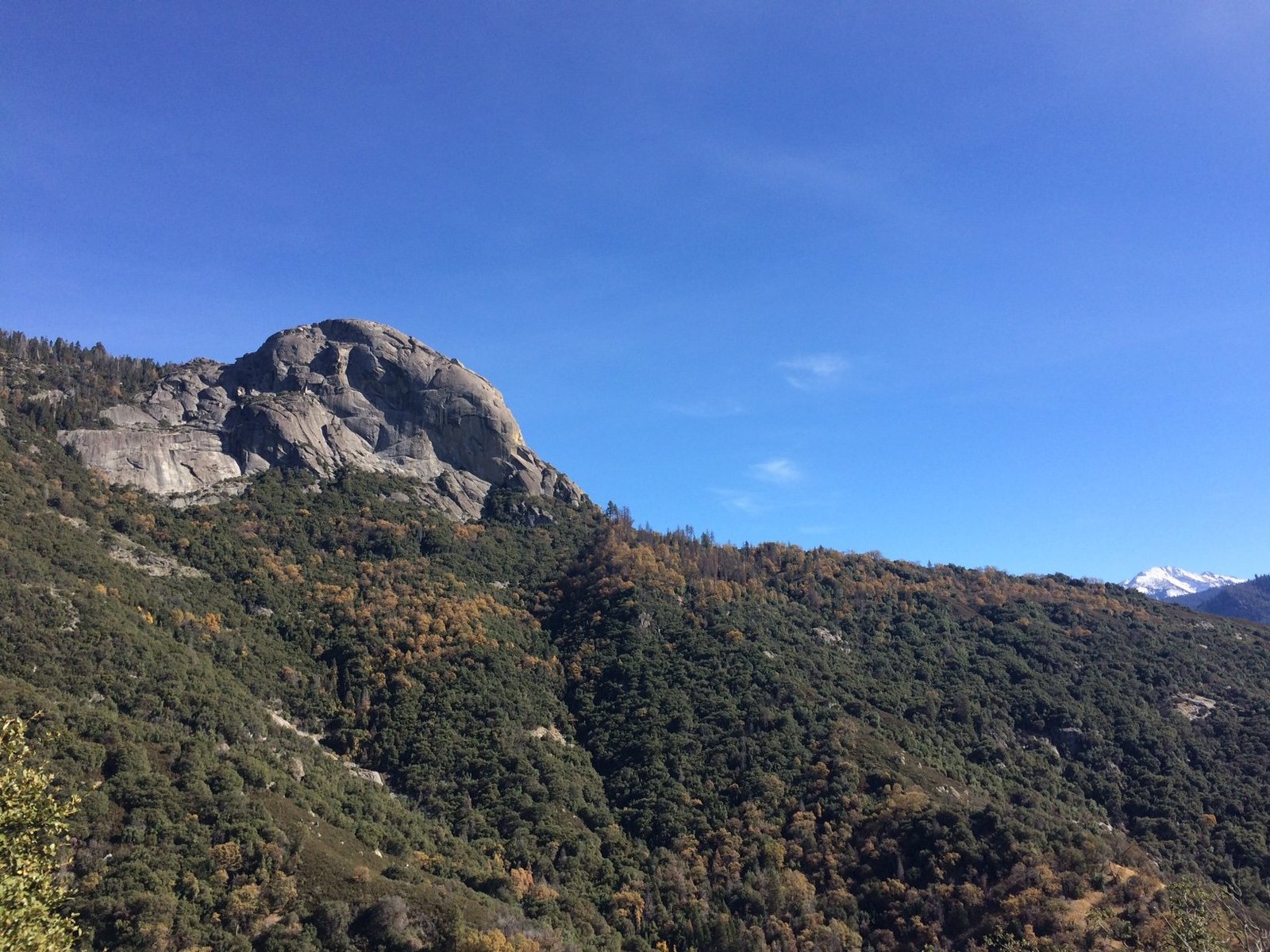The tallest tree in Sequoia National Park is not actually the world’s tallest tree. That distinction belongs to Hyperion, a coast redwood in Redwood National Park. However, Sequoia National Park is home to the General Sherman tree, the largest tree by volume. This article explores the heights of notable trees in Sequoia National Park and compares them to the world’s tallest tree, providing insights into these natural wonders and the visitor experience.
What is the Height of the Tallest Tree in Sequoia National Park?

The tallest tree in Sequoia National Park is not precisely identified, but it’s estimated to be around 311 feet (94.8 meters) tall. This height, while impressive, falls short of the world’s tallest tree, Hyperion, which stands at 380.8 feet (116.07 meters) in Redwood National Park.
How Does the General Sherman Tree Compare in Height?

The General Sherman tree, while not the tallest, is the largest tree by volume in Sequoia National Park and the world. Here are its specifications:
- Height: 274.9 feet (83.8 meters)
- Diameter at ground: 36.5 feet (11.1 meters)
- Estimated age: 2,300 to 2,700 years
- Estimated volume: 52,508 cubic feet (1,487 cubic meters)
What are the Differences Between Sequoia and Redwood Trees?
To understand why the tallest trees are not in Sequoia National Park, it’s important to know the differences between sequoias and redwoods:
| Characteristic | Giant Sequoia | Coast Redwood |
|---|---|---|
| Scientific Name | Sequoiadendron giganteum | Sequoia sempervirens |
| Maximum Height | Up to 311 feet (94.8 meters) | Up to 380.8 feet (116.07 meters) |
| Typical Lifespan | 3,000+ years | 500-700 years |
| Habitat | Sierra Nevada mountains | Coastal California and Oregon |
| Cone Size | Chicken egg-sized | Olive-sized |
Giant sequoias tend to be wider and more massive, while coast redwoods grow taller due to their coastal habitat with abundant rainfall and fog.
Why is the World’s Tallest Tree Not in Sequoia National Park?
The world’s tallest tree, Hyperion, is not in Sequoia National Park for several reasons:
- Species difference: Hyperion is a coast redwood, not a giant sequoia.
- Habitat requirements: Coast redwoods thrive in the foggy, coastal climate of Northern California.
- Growth patterns: Coast redwoods tend to grow taller but narrower than giant sequoias.
How Can Visitors Experience Tall Trees in Sequoia National Park?
While Sequoia National Park doesn’t have the world’s tallest tree, it offers unique experiences with giant sequoias:
- Congress Trail: A paved 2-mile loop featuring many of the park’s largest trees.
- Big Trees Trail: An accessible 0.8-mile loop with interpretive exhibits about sequoias.
- General Sherman Tree Trail: A short, paved trail leading to the world’s largest tree by volume.
What are the Visitor Amenities in Sequoia National Park?
Sequoia National Park provides various amenities for visitors:
- Lodging options: From campgrounds to the Wuksachi Lodge
- Visitor centers: Giant Forest Museum and Foothills Visitor Center
- Guided tours: Ranger-led programs and educational walks
- Scenic drives: Generals Highway offers stunning views and access to key attractions
How Does Climate Change Affect the Tall Trees of Sequoia National Park?
Climate change poses significant threats to the giant sequoias:
- Increased wildfire risk due to drier conditions
- Drought stress affecting tree health and growth
- Potential shifts in suitable habitat ranges
Park management is implementing various conservation strategies to protect these ancient giants for future generations.
What are Some Interesting Facts About Sequoia National Park’s Tall Trees?
- The General Sherman tree grows enough new wood each year to make a 60-foot tall tree of usual size.
- Some sequoias in the park are estimated to be over 3,000 years old.
- The bark of mature sequoias can be up to 3 feet thick, providing natural fire resistance.
How Do Sequoia National Park’s Tall Trees Compare to Other Famous Trees Worldwide?
While not the tallest, Sequoia National Park’s trees are among the most massive on Earth. Here’s a comparison:
- General Sherman (Sequoia National Park): 274.9 feet tall, 36.5 feet diameter
- Hyperion (Redwood National Park): 380.8 feet tall, 16 feet diameter
- Tāne Mahuta (New Zealand): 168 feet tall, 45 feet diameter
- General Grant (Kings Canyon National Park): 268 feet tall, 40 feet diameter
What Conservation Efforts Protect the Tall Trees in Sequoia National Park?
Sequoia National Park employs various conservation strategies:
- Prescribed burns to reduce wildfire risk
- Monitoring for pests and diseases
- Limiting foot traffic around the most popular trees
- Research on climate change impacts and adaptation strategies
By understanding and appreciating the unique characteristics of Sequoia National Park’s tall trees, visitors can gain a deeper appreciation for these natural wonders. While they may not be the tallest in the world, the giant sequoias of Sequoia National Park remain some of the most awe-inspiring living things on our planet, offering a glimpse into Earth’s ancient past and the importance of conservation for the future.
References:
1. National Park Service – Sequoia & Kings Canyon
2. Save the Redwoods League
3. Sequoia Parks Conservancy

